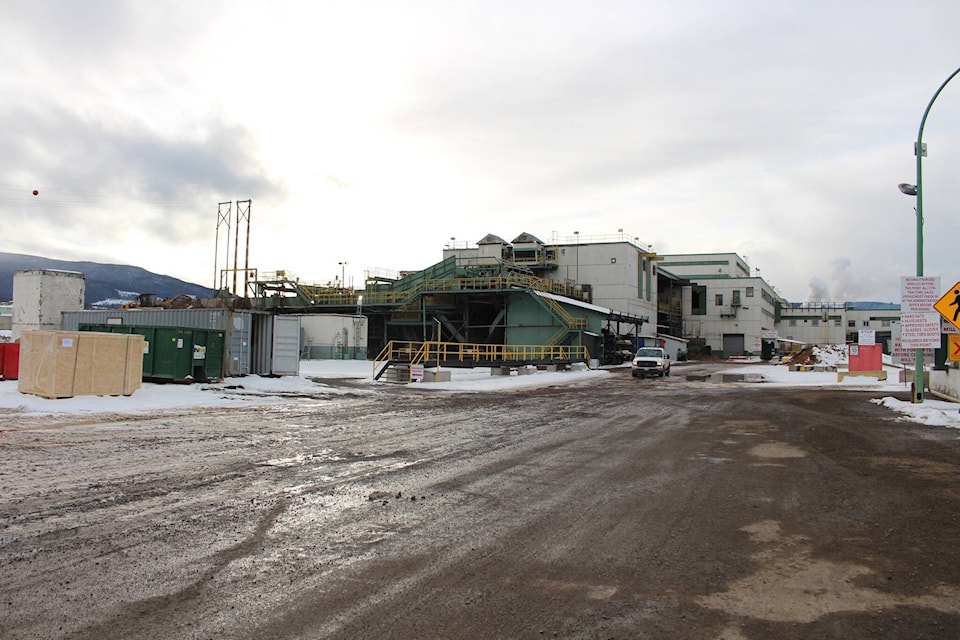Canfor’s plans for a new mill in Houston call for it to produce higher-end products worth more than the classic dimension lumber such as 2X4s and 2X6s produced at its now-closed plant here.
Exact details of what the company’s board of directors reviewed July 27 when it met to decide if it will build a new mill here or not were not revealed but in a message to employees, company president Don Kayne repeated what the company has been saying since it announced in January it was closing its present facility.
Calling the now-closed mill “old and outdated,” Kayne said the plan is to “construct a new, globally competitive, state-of-the-art manufacturing facility.”
That will more than likely take the form of a facility between 300 million and 350 million board feet of product at cost of more than $200 million, said Canfor communications official Michelle Ward.
That production capability is far less than what the old mill’s rated capacity was when it was once hailed as the largest facility of its kind in the world by a previous owner.
A new and smaller mill also means a workforce smaller than the more than 300 people employed at the old plant and Ward said it is too early to talk about what that might mean.
As for the intended products, Ward said the facility would have the flexibility to concentrate on specific products for specific purposes.
The product list includes MSR Primes, short for machine stress-rate lumber typically used in trusses, floor joints and rafters.
Square-edged products of the kind found in lumber stores is also on the intended product list. It means a woodworker has one edge planed straight to allow a measurement. Other lumber has a more rounded finish.
Also on the list is J-Grade, the description for lumber produced from spruce, pine and fir. It’s regarded as the highest grade of dimension lumber and one of minimal defects with a white and bright appearance. J-Grade is preferred by Japanese buyers.
When Canfor’s board met July 27 to review mill plans it was also expected to announce if it would go ahead and build a new mill or not.
But the board delayed that decision pending a deal with the provincial government on the amount of wood it says it needs for the facility it says it wants to build.
Canfor has “engaged in a series of discussions with the Ministry of Forests to understand their outlook, including any potential policy changes that could impact the availability of fibre in the region,” said Kayne in his message to employees.
“These discussions have been progressing well but are not yet complete. As such, we require a little more time to seek assurances that our assumptions about the availability of economic fibre required to support this investment and the successful operation of this facility are also supported by the province.”
Those discussions include the participation of First Nations as the province has been shifting fibre availability and decisions around its use to First Nations.
Should a new mill be built, construction would take approximately two years on the site of the closed plant.
“Where possible we would repurpose pieces of equipment to other Canfor facilities. There’s the potential that some components could be sold. Everything else would be recycled or disposed of responsibly,” said Ward.
